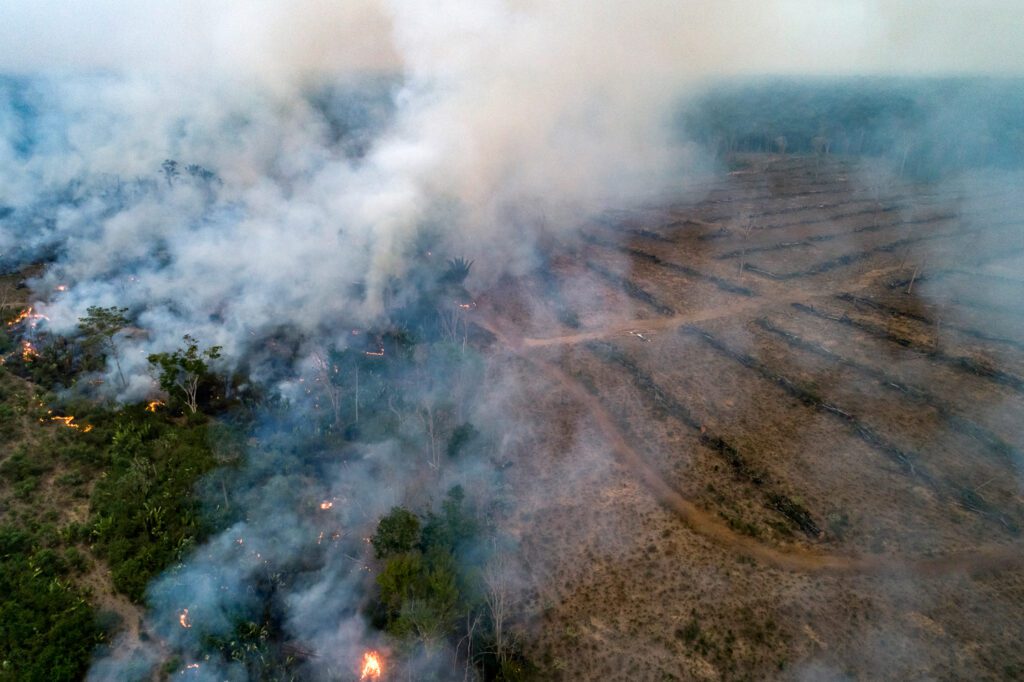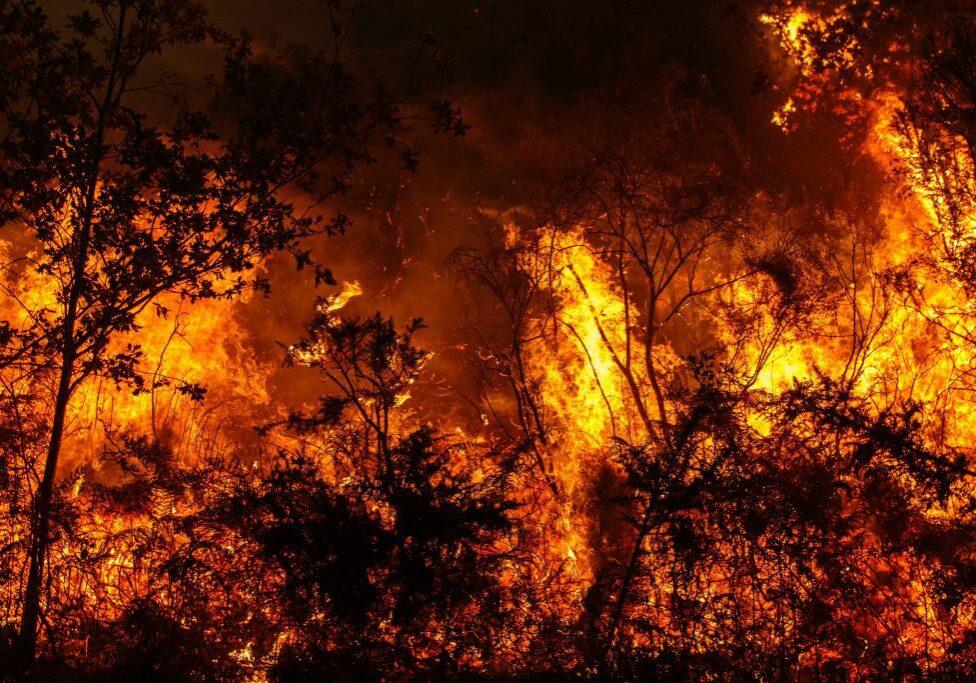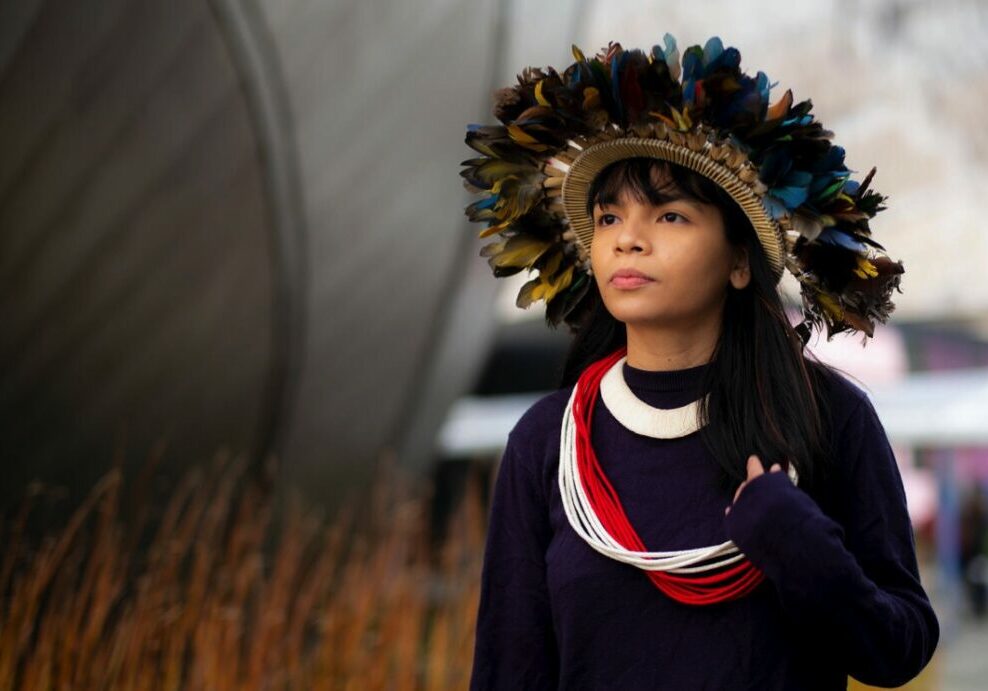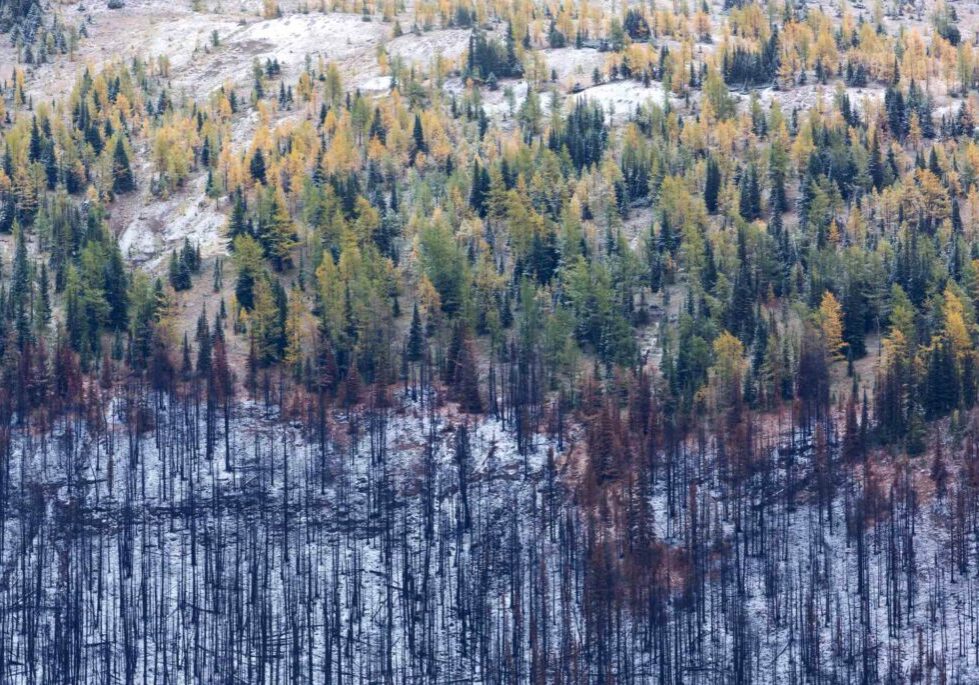Hellish images of the Amazon in flames have become a common sight in recent years, with fires in the region becoming more frequent and more severe than ever before. Vast areas of forest have been destroyed, with devastating consequences for people and wildlife.
The best way to fight forest fires is to stop them from breaking out in the first place – and that’s what we’ve been doing in one of the worst-hit regions in Colombia. We’ve been working with the local government in the department of Guaviare to train community organisations in forest fire prevention techniques.
The training helps to raise awareness of the causes and consequences of forest fires, which almost never occur naturally in the Amazon, but are usually the result of deliberate burning or accidental fires getting out of control.
During the training, community members are given recommendations on how to prevent fires, including by avoiding burning rubbish or using fire on agricultural land. They also learn about mapping and monitoring hotspots where fires break out, as well as some basic techniques for preventing fires from spreading, such as creating firebreaks and removing flammable materials that can fuel fires.
Following training sessions, participants have run their own awareness-raising workshops in schools and in the community.

© ANDRE DIB / WWF-BRAZIL
“The objective has not been to teach communities how to put out fires, but to provide them with the tools to understand the nature of forest fires and how to prevent them,” says Johana Herrera, forest and climate change officer at WWF-Colombia.
But the fire service can’t be everywhere at once, and in 2022 the community groups trained by WWF were actively involved in responding to fire outbreaks in the buffer zone around Chiribiquete National Park, one of the largest protected areas of tropical forest in the world.
“Most of these fires are the product of arson, since setting fire to the forest is the cheapest and fastest way to clear the land for agriculture and livestock,” says Johana. “We will continue to support community actions that counteract deforestation and forest degradation in the region.”
From the Arctic Circle to Australia, forest fires have reached record levels in recent years. Though wildfires are a natural phenomenon in some regions, the majority of fires are started by people, and have been made worse by climate change creating hotter, drier conditions.
With your support, we’ve been working all over the world to reduce the risks and to help people, wildlife and landscapes affected by fires to recover.
Take action for the Amazon
Learn more about the threats facing the Amazon – and what you can do to help
More to explore

A burning problem
Around the world, wildfires are raging with unprecedented ferocity. But with your help, we’re taking action to tackle the causes and help communities deal with these devastating blazes

